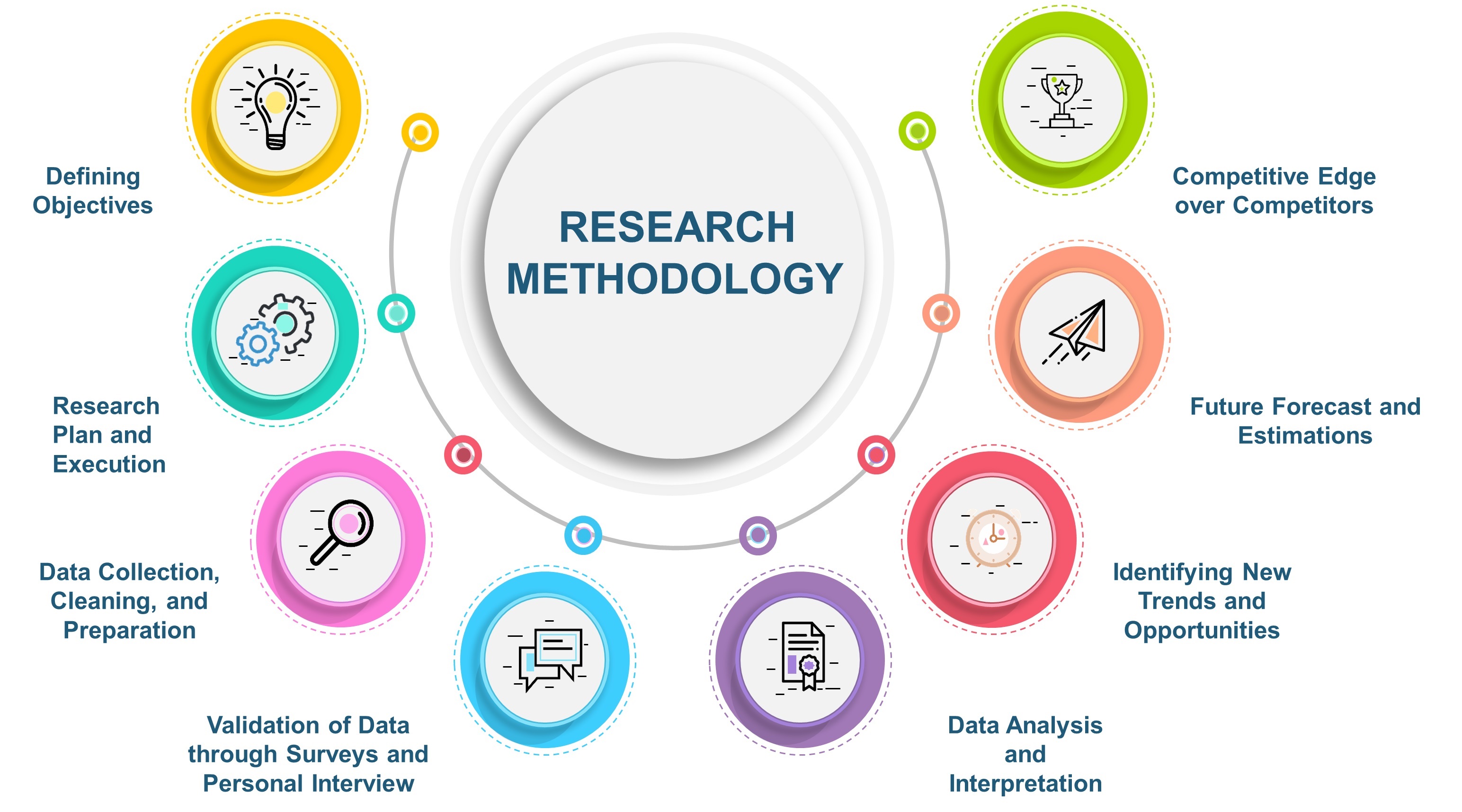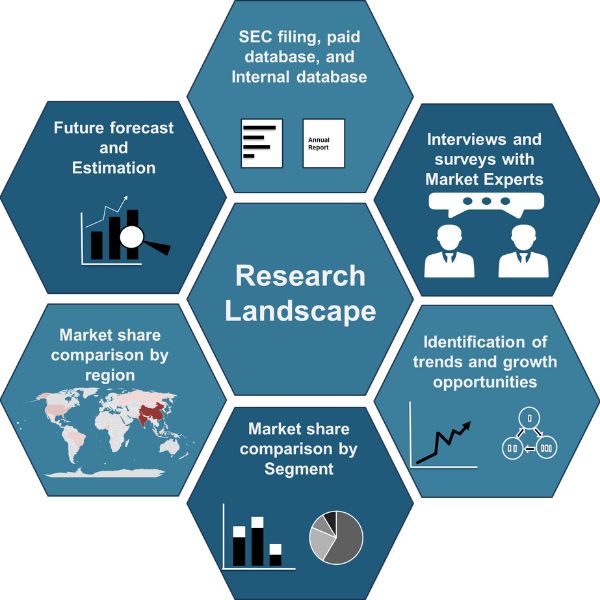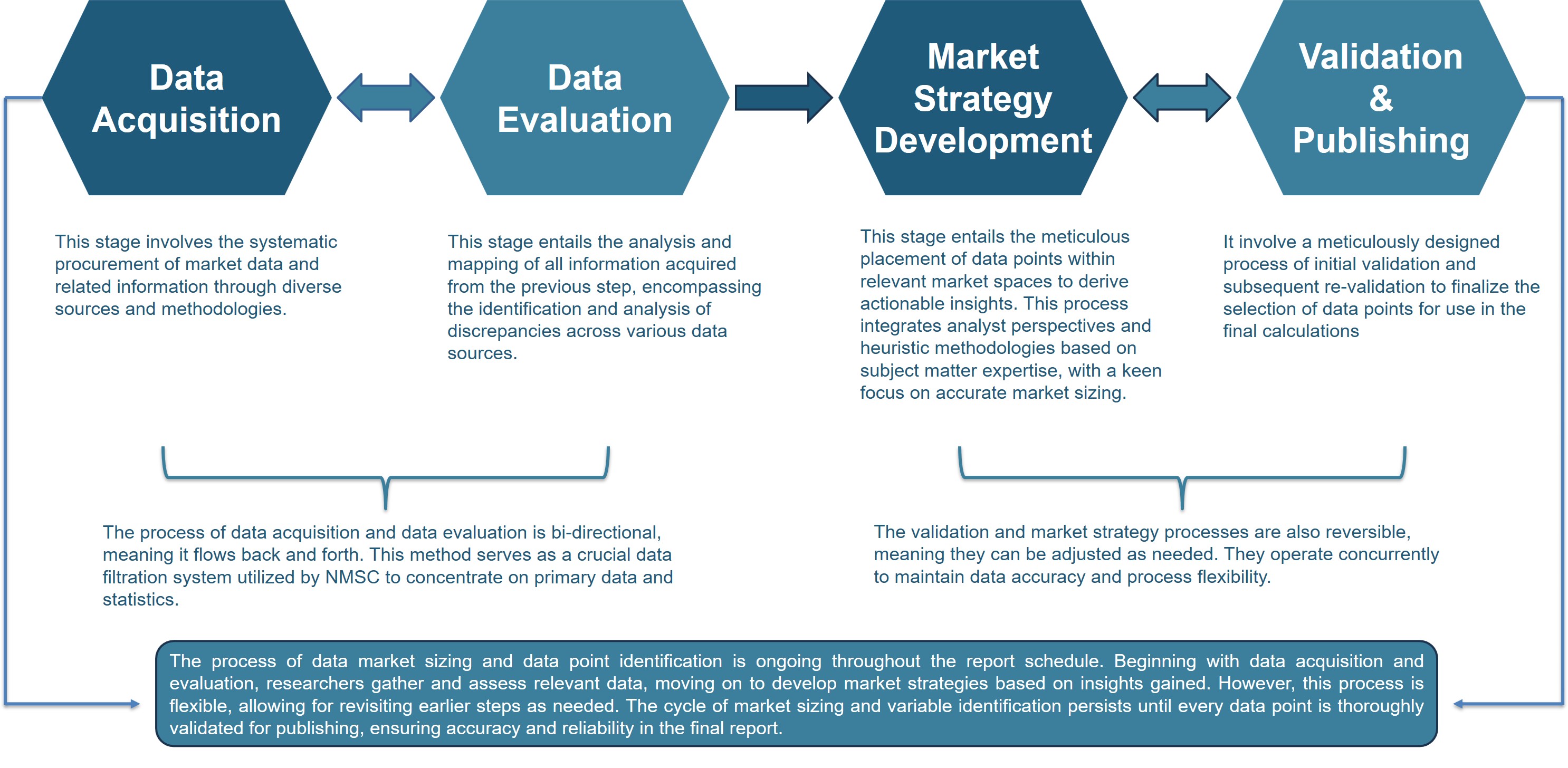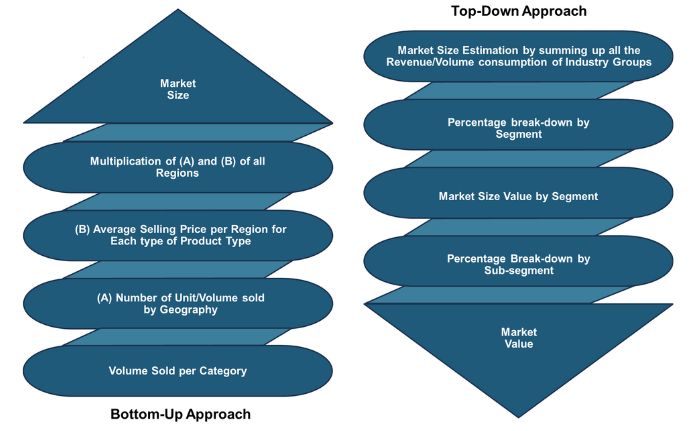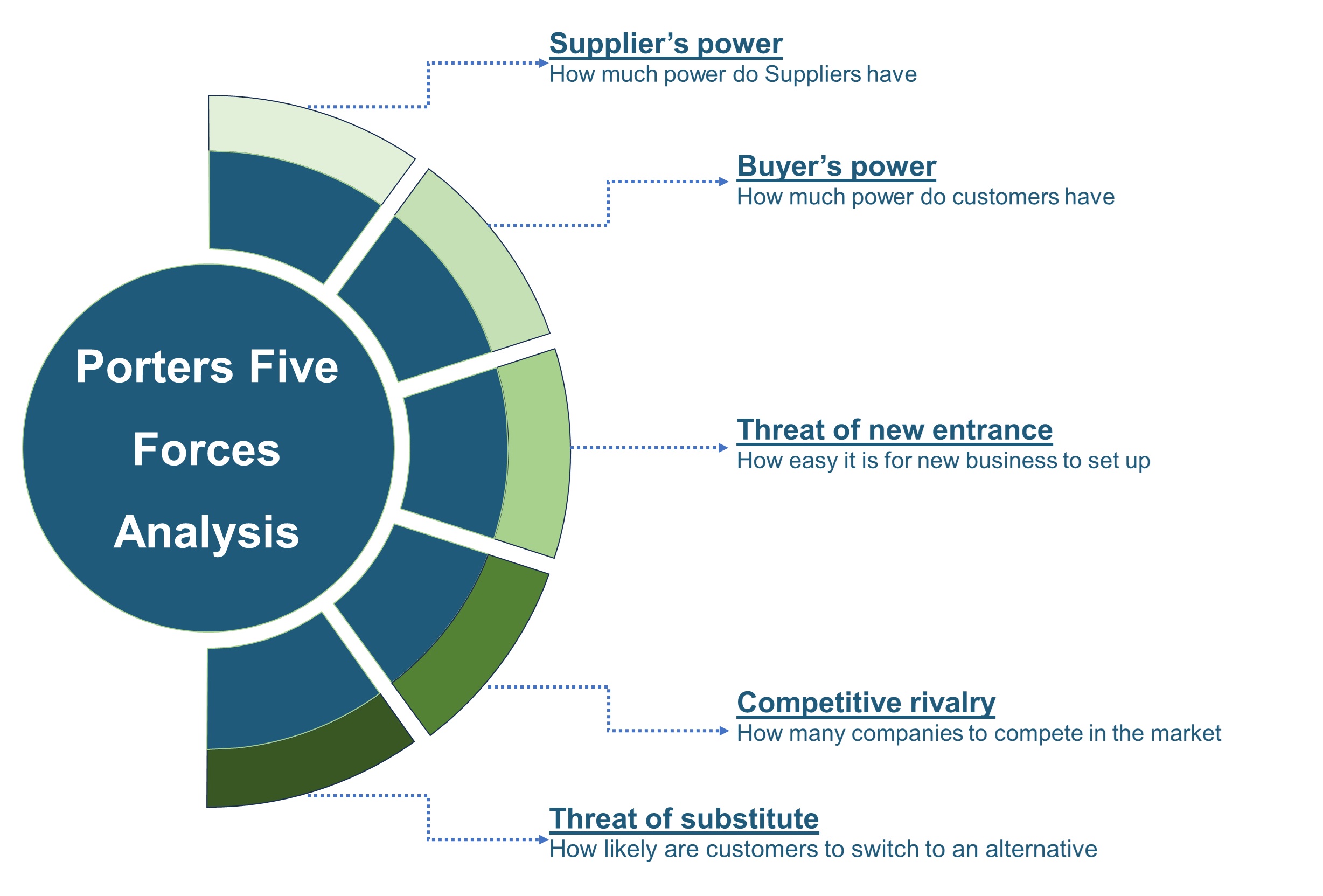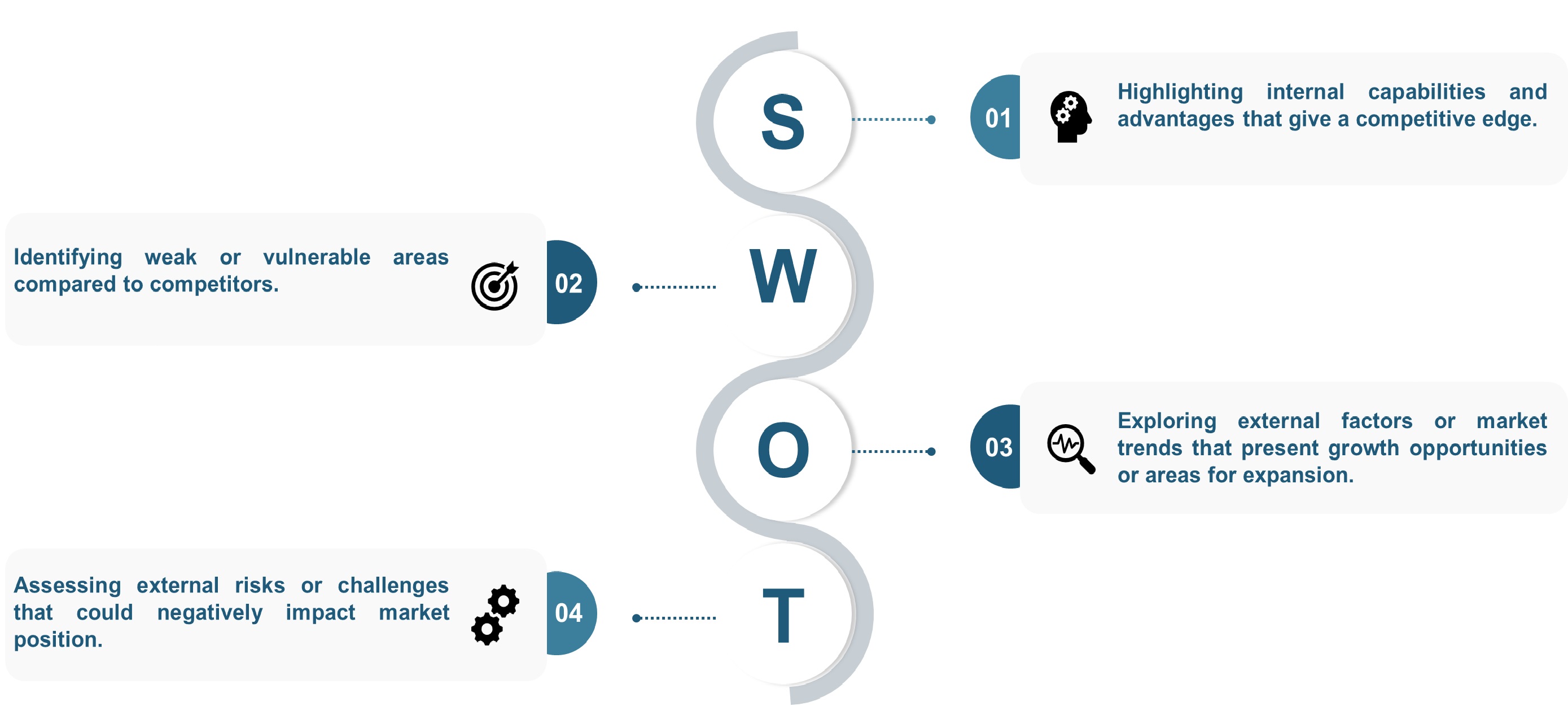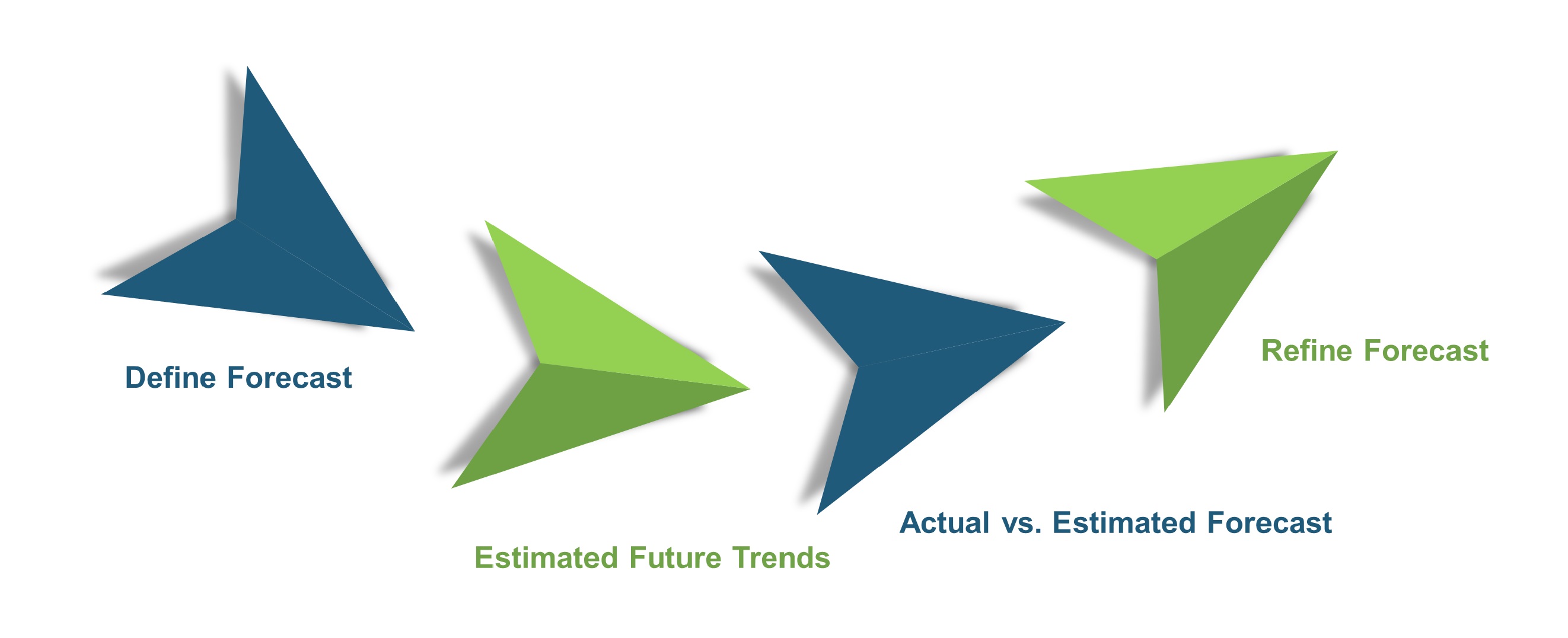
Next Generation Wireless Communication Market by Technology (Wireless LAN, 5G, Wireless Sensor Networks (WSN), Visible Light Communication/ LiFi, and Others), by Application (Internet Video, File Sharing & Web Data, Gaming, IPTV & Video on Demand, and Others), and by End-User Industry (Manufacturing, Automotive, Healthcare, Aerospace & Defence, and Others) – Global Opportunity Analysis and Industry Forecast, 2024– 2030
Next Generation Wireless Communication Market Overview
The global Next Generation Wireless Communication Market size was valued at USD 32.43 billion in 2023 and is predicted to reach USD 119.90 billion by 2030 with a CAGR of 20.5% from 2024-2030. The next generation wireless communication market also known as next-gen communication technologies refers to the industry focused on developing and implementing advanced technologies that will power the future of wireless communication. This includes innovations such as 5G networks, Internet of Things (IoT) connectivity, and emerging technologies such as 6G. These advancements aim to provide faster, more reliable, and more efficient wireless communication for various applications, from smartphones and smart homes to autonomous vehicles and smart cities.
Market Dynamics and Trends
The next generation wireless communication market is experiencing tremendous growth across the world due to the growing popularity of 5G technology which provides high-speed data, low latency, and high bandwidth as compared to fourth-generation technologies. This surge in demand for advanced wireless technologies is propelled by the increasing reliance on high-speed internet connectivity in various industries.
According to 5G Americas, global 5G wireless connections surged by 76% from 2021 to 2022, reaching 1.05 billion, and is projected to grow to 5.9 billion by the end of 2027. This exponential growth in 5G connections underscores the growing demand for these solutions on a global scale.
Additionally, the growing adoption of wireless sensors across the globe is creating a demand for the next generation wireless communication. These sensors are crucial in enabling the development of innovative applications and services that are highly dependent on wireless communication.
For instance, in the November 2023, Worldsensing launched a new wireless sensor known as the "Vibration Meter" to measure vibrations caused by construction works. The Vibration Meter is part of Worldsensing's existing portfolio of wireless monitoring devices, that enables real-time data acquisition of geotechnical structural sensors. As industries increasingly rely on such sensors, the need for robust wireless communication infrastructure becomes paramount.
Also, the worldwide growth of the aerospace industry further drives the next generation wireless communication market growth by increasing the demand for advanced, reliable, and high-speed communication technologies. According to the International Trade Administration (ITA), Singapore’s aerospace industry has grown at a CAGR of 8.6% over the past two decades, reaching a total annual output of more than USD 8.0 billion by 2024.
Additionally, data from the Aerospace Industries Association (AIA) shows that the U.S. aerospace and defense (A&D) industry sales revenue stood at USD 952 billion in 2022. As the aerospace sector expands, there is an increasing need for sophisticated communication systems for aircraft navigation, real-time data transmission, in-flight connectivity, and air traffic management.
However, building the necessary infrastructure for next-generation wireless communication, including 5G networks, requires substantial investment. The costs associated with upgrading existing infrastructure and deploying new technologies acts as a barrier, especially for smaller companies or in regions with limited financial resources.
On the contrary, the shift in terabit wireless communication is expected to create future opportunities in the next generation wireless communication market trends. This shift relies on use of advanced modulation schemes, ultra-dense networks, mmWave and terahertz communication, massive MIMO, and intelligent beamforming techniques. These advancements collectively enable faster data transmission, enhance signal coverage and reliability, and provide seamless connectivity for emerging technologies such as IoT, autonomous vehicles, and high-definition streaming.
Market Segmentations and Scope of the Study
The next generation wireless communication market report is segmented on the basis of technology, application, end-user industry, and region. On the basis of technology, the market is segmented into, wireless LAN, 5G, Wireless Sensor Networks (WSN), visible light communication/ LiFi, and others. On the basis of application, the market is classified into internet video, file sharing and web data, gaming, IPTV & video on demand, and others. On the basis of end-user industry, the market is divided into manufacturing, automotive, healthcare, aerospace & defense, and others. The regional breakdown includes regions such as North America, Europe, Asia-Pacific, and the Rest of the World (RoW).
Geographical Analysis
North America dominates the next generation wireless communication market share and is expected to continue its dominance during the forecast period. This is attributed to rapid advancements in Wi-Fi connectivity standards such as the evolution from Wi-Fi 6 to Wi-Fi 7 in the North American region. Advancements in the wireless standards provide higher bandwidth, greater number of users capacity and lower delay time. As a result, there is an increasing need for better infrastructure to support these innovations, leading to further investment in these technologies.
For instance, in January 2024, Fortinet launched the industry's first Wi-Fi 7-enabled secure networking solution. This comprehensive Secure Networking solution supports Wi-Fi 7 while delivering enterprise-grade protection, AI-powered security, and AIOps automation capabilities. This reflects Fortinet's commitment to providing advanced, secure, and high-speed networking solutions to meet the evolving needs of organizations.
Moreover, the growth of the market in North America is further driven by noticeable surge in demand for high-speed connectivity options among households. This surge has led to the rapid adoption of 5G fixed wireless home broadband products, significantly contributing to market expansion. As the demand for 5G networks continues to rise, companies are actively innovating to meet this demand.
For instance, in January 2023, Verizon launched its 5G Ultra-Wideband network, that utilizes C-band frequencies. The company expanded its 5G home internet availability to cover approximately 900 cities. This expansion brings its fixed wireless home internet option to millions of potential customers, with the service now available to over 20 million households. Such initiatives stimulate further growth and innovation within the market in North America.
On the other hand, in the Asia-Pacific region, the next-generation wireless communication market is experiencing steady growth, primarily driven by the increasing demand for wireless technologies within the manufacturing sector. As manufacturing facilities seek to enhance efficiency and productivity, there's a notable push towards implementing more advanced wireless networks and devices within these plants. According to data from Ministry of Statistics and Programme Implementation (MOSPI), manufacturing production in India saw a notable increase of 1.20 percent in 2023 compared to 2022, highlighting the upward trajectory of the manufacturing industry and its associated need for advanced wireless communication technologies.
In addition, the expansion of the automotive sector is increasing the demand for in-vehicle connectivity solutions, including advanced driver assistance systems (ADAS) and connected car features. This, in turn, is driving demand for next generation wireless communications technologies including 5G and vehicle-to-everything (V2X) systems, that enable safer and more efficient transportation.
According to data from the International Trade Administration (ITA), China has the world’s largest automotive market, both in terms of annual sales and production, with domestic production expected to reach 35 million vehicles by 2025. In addition, as vehicles become more autonomous and connected, the need for reliable systems and high-speed wireless communications is further driving market expansion.
Competitive Landscape
Various key players operating in the next generation wireless communication industry include Cisco Systems, Inc., Huawei Technologies Co., Ltd., Netgear, Inc., Telefonaktiebolaget LM Ericsson, Koninklijke Philips N.V., Intel Corporation, International Business Machines Corporation, Qualcomm, NEC Corporation, and AT&T Inc. These market players continue to adopt various market development strategies including product launches to maintain their dominance in the market.
For instance, in March 2024, NETGEAR introduced next generation of connectivity with the nighthawk DOCSIS 3.1 High-Speed Internet Cable Modem (CM3000), equipped to support the highest cable internet speed. This modem has capability of downloads at speeds of up to 2.5Gbps and upload speeds of up to 1Gbps, catering to the needs of modern smart homes for activities such as gaming, video conferencing, streaming, and app downloads.
Also, in November 2023, Huawei, a Chinese multinational technology corporation, launched the 5.5G Intelligent Core Network solution, equipped with native intelligence to implement service, network, and O&M intelligence, empowering new businesses and aiming to deliver features such as 10 Gbps downlink, 1 Gbps uplink,100 billion IoT connections, harmonized communication and sensing, and native intelligence.
Additionally, in February 2023, Cisco, an American multinational digital communications technology, and T-Mobile, an American wireless network operator, announced the launch of Cisco Meraki's first-ever 5G cellular gateways for fixed wireless access (FWA), the MG51 and MG51E. These gateways aim to provide businesses with a simplified, scalable, and reliable network-managed service powered by T-Mobile's 5G network and the cloud-first Cisco Meraki platform.
Key Benefits
-
The report provides quantitative analysis and estimations of the next generation wireless communication trend from 2024 to 2030, which assists in identifying the prevailing market opportunities.
-
The study comprises a deep-dive analysis of the current and future next generation wireless communication market trends to depict prevalent investment pockets in the market.
-
Information related to key drivers, restraints, and opportunities and their impact on the next generation wireless communication market is provided in the report.
-
Competitive analysis of the players, along with their market share is provided in the report.
-
SWOT analysis and Porter's Five Forces model is elaborated in the study.
-
Value chain analysis in the market study provides a clear picture of the roles of stakeholders
Next Generation Wireless Communication Market Key Segments
By Technology
-
Wireless LAN
-
5G
-
Wireless Sensor Networks (WSN)
-
Visible Light Communication/ LiFi
-
Others
By Application
-
Internet Video
-
File Sharing and Web Data
-
Gaming
-
IPTV & Video on Demand
-
Others
By End-User Industry
-
Manufacturing
-
Automotive
-
Healthcare
-
Aerospace & Defence
-
Others
By Region
-
North America
-
The U.S.
-
Canada
-
Mexico
-
-
Europe
-
The UK
-
Germany
-
France
-
Italy
-
Spain
-
Denmark
-
Netherlands
-
Finland
-
Sweden
-
Norway
-
Russia
-
Rest of Europe
-
-
Asia-Pacific
-
China
-
Japan
-
India
-
South Korea
-
Australia
-
Indonesia
-
Singapore
-
Taiwan
-
Thailand
-
Rest of Asia-Pacific
-
-
RoW
-
Latin America
-
Middle East
-
Africa
-
Key Players
-
Cisco Systems, Inc.
-
Huawei Technologies Co., Ltd.
-
Netgear, Inc.
-
Telefonaktiebolaget LM Ericsson
-
Koninklijke Philips N.V.
-
Intel Corporation
-
International Business Machines Corporation
-
Qualcomm
-
NEC Corporation
-
AT&T Inc.
REPORT SCOPE AND SEGMENTATION:
|
Parameters |
Details |
|
Market Size in 2023 |
USD 32.43 billion |
|
Revenue Forecast in 2030 |
USD119.90 billion |
|
Growth Rate |
CAGR of 20.5% from 2024 to 2030 |
|
Analysis Period |
2023–2030 |
|
Base Year Considered |
2023 |
|
Forecast Period |
2024–2030 |
|
Market Size Estimation |
Billion (USD) |
|
Growth Factors |
|
|
Countries Covered |
28 |
|
Companies Profiled |
10 |
|
Market Share |
Available for 10 companies |
|
Customization Scope |
Free customization (equivalent up to 80 working hours of analysts) after purchase. Addition or alteration to country, regional, and segment scope. |
|
Pricing and Purchase Options |
Avail customized purchase options to meet your exact research needs |




 Speak to Our Analyst
Speak to Our Analyst



